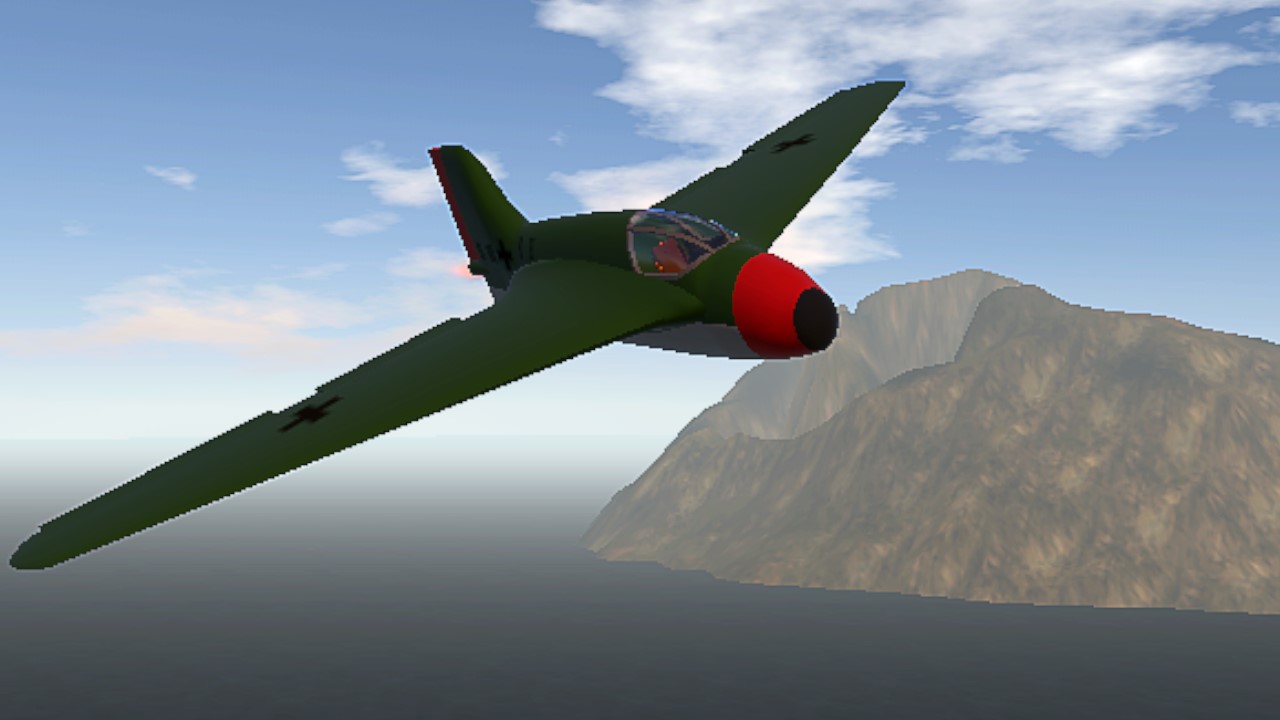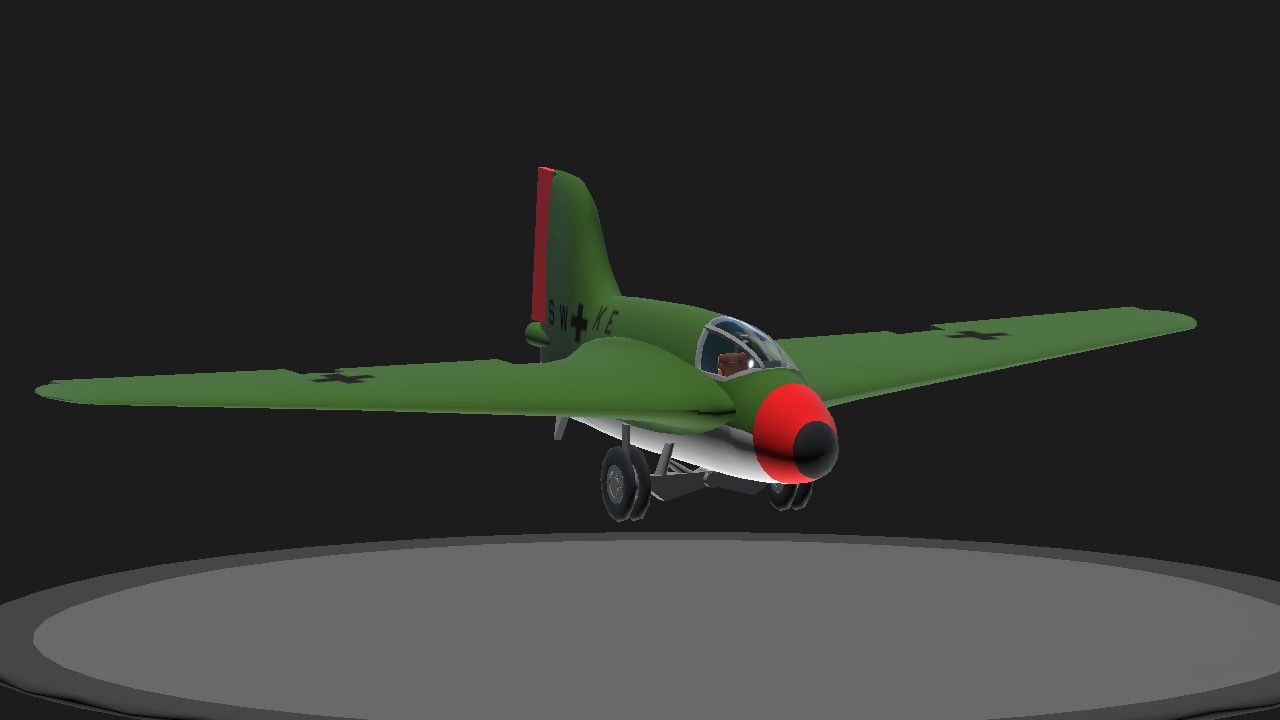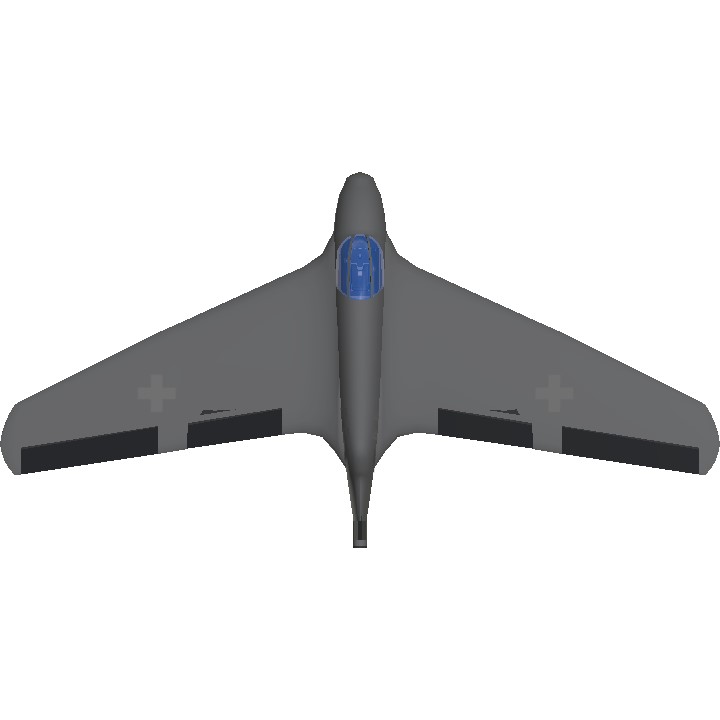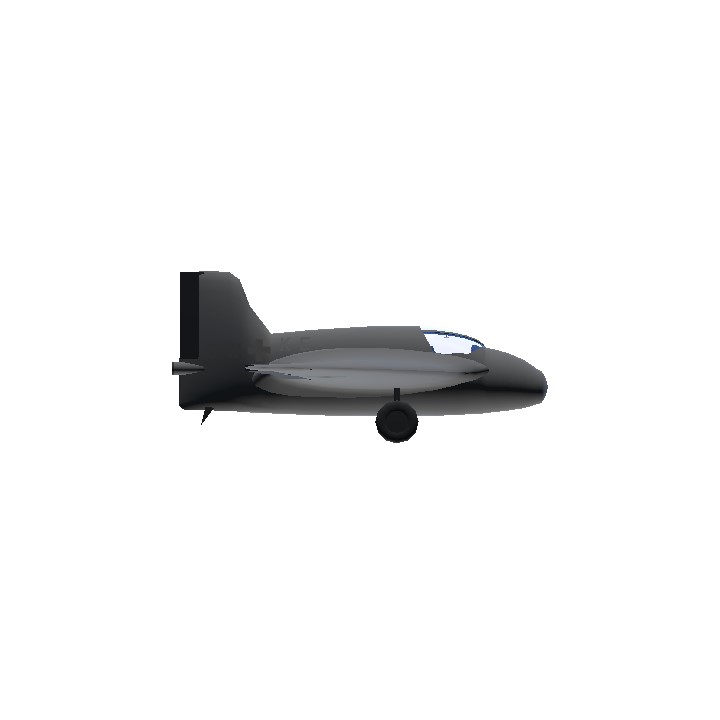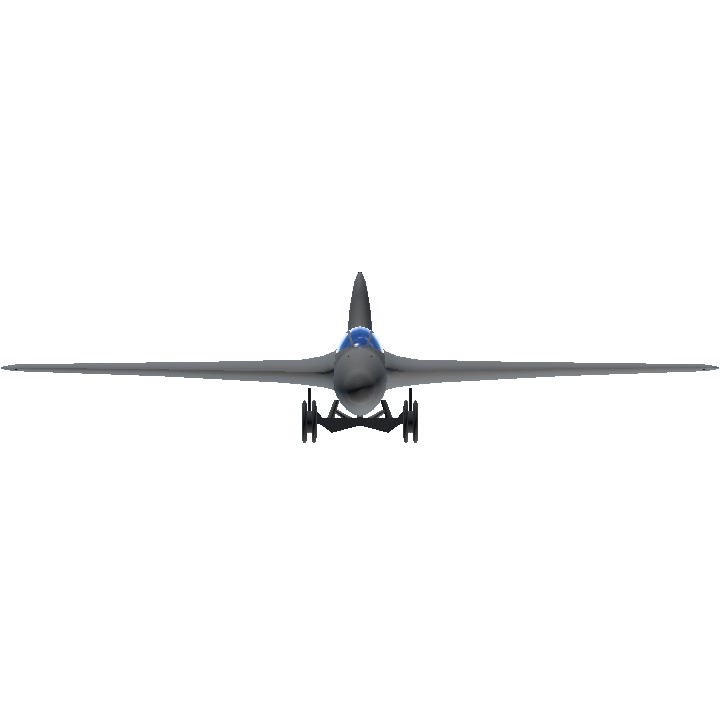
In early 1941, production of a prototype series, known as the Me 163, began. Secrecy was such that the RLM's "GL/C" airframe number, 8-163, was actually that of the earlier Messerschmitt Bf 163. Three Bf 163-prototypes (V1 to V3) had been built, and it was thought that foreign intelligence services would conclude any reference to the number "163" was for that earlier design. During May 1941, the first prototype Me 163A, V4, was shipped to Peenemünde to receive the HWK RII-203 engine. By 2 October 1941, Me 163A V4, bearing the radio call sign letters, or Stammkennzeichen, "KE+SW", set a new world speed record of 1,004.5 km/h (624.2 mph), piloted by Heini Dittmar, with no apparent damage to the aircraft during the attempt. Some postwar aviation history publications stated that the Me 163A V3 was thought to have set the record. The 1,004 km/h (542 kn; 624 mph) record figure would not be officially surpassed until after the war, specifically by the American Douglas D-558-1 on 20 August 1947. Ten Me 163As (V4-V13) were built for pilot training and further tests, these were unarmed.
During testing of the prototype (A-series) aircraft, the jettisonable undercarriage presented a serious problem. The original dollies possessed well-sprung independent suspension for each wheel, and as the aircraft took off, the large springs rebounded and threw the dolly upward, striking the aircraft. In comparison, the production (B-series) aircraft used much simpler, crossbeam-axled dollies, and relied on the landing skid's oleo-pneumatic strut to absorb ground-running impacts during the takeoff run, as well as to absorb the shock of landing. If the hydraulic cylinder was malfunctioning, or the skid mistakenly left during a landing procedure in the "locked and lowered" position (as it had to be for takeoff), the impact of a hard touchdown on the skid could cause back injuries to the pilot.
Once on the ground, the aircraft had to be retrieved by a Scheuch-Schlepper, a converted small agricultural vehicle, originally based on the concept of the two-wheel tractor, carrying a detachable third swiveling wheel at the extreme rear of its design for stability in normal use—this swiveling third wheel was replaced with a pivoting, special retrieval trailer that rolled on a pair of short, triple-wheeled continuous track setups (one per side) for military service wherever the Komet was based. This retrieval trailer usually possessed twin trailing lifting arms, that lifted the stationary aircraft off the ground from under each wing whenever it was not already on its twin-wheel dolly main gear, as when the aircraft had landed on its ventral skid and tailwheel after a mission. Another form of trailer, known also to have been trialled with the later B-series examples, was tried during the Komet's test phase, which used a pair of sausage-shaped air bags in place of the lifting arms and could also be towed by the Scheuch-Schlepper tractor, inflating the air bags to lift the aircraft. The three-wheeled Scheuch-Schlepper tractor used for the task was originally meant for farm use, but such a vehicle with a specialized trailer—which could also lift the Me 163's airframe completely clear of the ground to effect the recovery as a normal part of the Me 163's intended use—was required as the Komet was unpowered after exhausting its rocket propellants, and lacked main wheels after landing, from the jettisoning of its "dolly" main gear at takeoff.
During flight testing, the superior gliding capability of the Komet proved detrimental to safe landing. As the now un-powered aircraft completed its final descent, it could rise back into the air with the slightest updraft. Since the approach was unpowered, there was no opportunity to make another landing pass. For production models, a set of landing flaps allowed somewhat more controlled landings. This issue remained a problem throughout the program. Nevertheless, the overall performance was tremendous, and plans were made to put Me 163 squadrons all over Germany in 40-kilometre rings (25 mi) around any potential target. However, while the development of an operational version was encouraged, the Me 163 programme was not assigned the highest priority due to competition from other projects; this lack of focus protracted its development.
Throttle to full, activate wheel release switch to jettison wheels.

Specifications
General Characteristics
- Created On Android
- Wingspan 49.6ft (15.1m)
- Length 25.9ft (7.9m)
- Height 12.3ft (3.7m)
- Empty Weight 5,912lbs (2,682kg)
- Loaded Weight 6,424lbs (2,914kg)
Performance
- Power/Weight Ratio 2.098
- Wing Loading 17.9lbs/ft2 (87.3kg/m2)
- Wing Area 359.3ft2 (33.4m2)
- Drag Points 1275
Parts
- Number of Parts 149
- Control Surfaces 5
- Performance Cost 560

